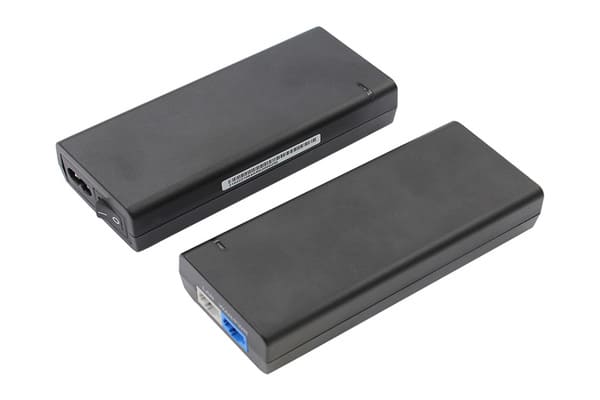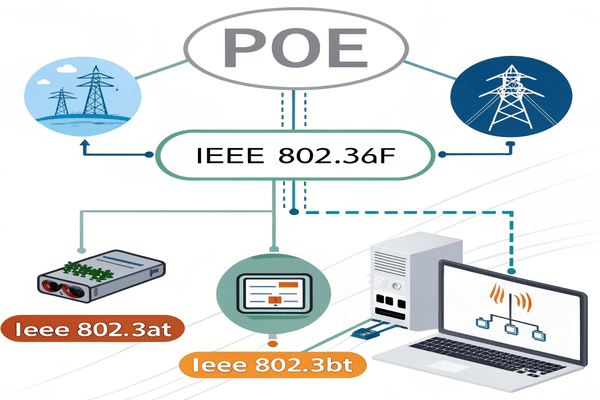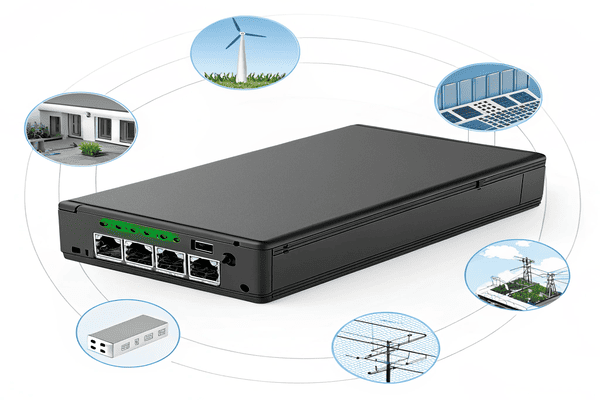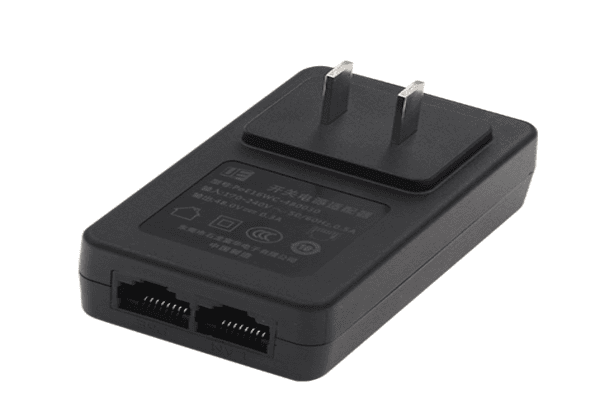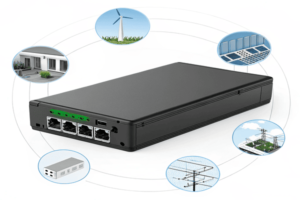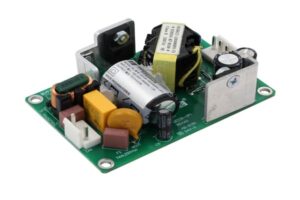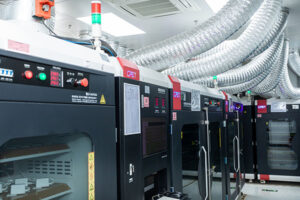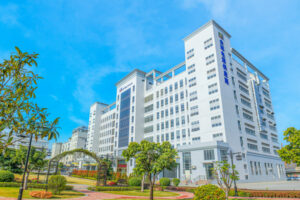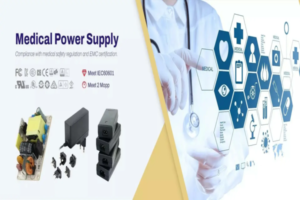Power cables are bulky, expensive, and often a headache to install—especially when devices are far from outlets. But Power over Ethernet (PoE) changes everything.
PoE enables the delivery of both power and data through a single Ethernet cable, simplifying installations and reducing costs for connected devices like IP phones, cameras, and access points.
Getting rid of extra cables while still delivering reliable power and data might sound too good to be true. But it’s already happening. From smart offices to security systems, PoE is reshaping how devices are deployed. Let’s take a closer look.
What Are the IEEE802.3 af/at/bt Standards and Why Do They Matter?
Many people hear “PoE” and assume all systems are the same—but standards define what PoE can actually do.
IEEE802.3 af/at/bt are international standards that define how much power can be delivered per Ethernet port—ranging from 15.4W to 90W.
These standards are critical for compatibility and performance. The af standard supplies up to 15.4 watts, enough for basic devices like IP phones. PoE+ (at) provides 30 watts—ideal for larger Wi-Fi access points and PTZ cameras. The bt standard, also known as 4PPoE, delivers up to 90 watts. This supports power-hungry devices like large digital signage or industrial controllers.
PoE Standards Comparison
| Standard | Max Power per Port | Common Applications |
|---|---|---|
| IEEE802.3af | 15.4W | IP Phones, Small Wi-Fi Access Points |
| IEEE802.3at | 30W | PTZ Cameras, Larger Wi-Fi APs |
| IEEE802.3bt | 60W / 90W | Digital Signage, Industrial Equipment |
Choosing the right standard means your devices will get the power they need—without overload, risk, or wasted energy.
How Is PoE Used in Real-World Applications?
PoE isn’t just for tech enthusiasts. It’s making a real impact in homes, businesses, and public spaces.
PoE allows flexible placement and easy setup of devices like security cameras, Wi-Fi APs, and VoIP phones—even where power outlets aren’t available.
Think of security cameras mounted outside a building or high on a warehouse wall. With PoE, you don’t need a nearby power source. The same goes for ceiling-mounted access points in schools or VoIP phones in every office cubicle. PoE cuts down on time, cost, and cable clutter.
Applications and Benefits of PoE
| Application | How PoE Helps |
|---|---|
| Security Cameras | Simplifies installs, no need for power near mounts |
| Wireless APs | Better coverage with flexible placement |
| VoIP Phones | Stable power during outages, fewer cords |
These advantages make PoE a smart choice not just for convenience, but for keeping systems online and running when they matter most.
How Do Quankang’s PoE Adapters Deliver Reliability and Safety?
Installing PoE equipment isn’t just about sending power—it’s about sending safe, regulated power to protect sensitive electronics.
Quankang’s PoE adapters follow IEEE802.3 af/at/bt standards and include features like overvoltage and overcurrent protection for device safety.
I’ve worked with teams where we had to deploy dozens of devices quickly. We chose Quankang’s adapters for their performance and peace of mind. They undergo strict testing and include advanced circuitry that keeps both power supply and powered devices safe.
Key Features of Quankang’s PoE Adapters
- Full compliance with IEEE802.3 af/at/bt
- High power output options (up to 90W)
- Overvoltage, overcurrent, and short-circuit protection
- Designed for long-term reliability in commercial environments
With these built-in protections, I don’t have to worry about unstable current damaging expensive hardware. And that’s critical in fast-paced deployments.
Which Industries Are Already Benefiting from PoE?
Every industry has unique needs—but PoE’s flexibility makes it useful across healthcare, education, and retail.
Industries use PoE to power devices where traditional setups would be expensive, dangerous, or just impractical.
Take hospitals, for example. Medical devices must stay online without creating hazards. PoE helps reduce cable clutter and ensures that monitors and alert systems remain powered. Schools use PoE for digital boards and campus-wide Wi-Fi. And in retail, PoE simplifies powering cameras and POS systems, improving both security and uptime.
PoE Across Industries
| Industry | Application | Benefit |
|---|---|---|
| Healthcare | Monitors, IP call buttons | Safe, clutter-free patient areas |
| Education | Smartboards, APs in lecture halls | Better learning environments |
| Retail | Cameras, POS terminals | Easy installations, reliable connections |
These industries choose PoE because it simplifies infrastructure, cuts costs, and makes system design more flexible.
What Does the Future of PoE Look Like?
Technology is evolving, and PoE is evolving with it.
Future PoE systems will offer even higher power output and smarter energy efficiency, enabling support for advanced devices and IoT ecosystems.
I’m excited by what’s coming. Smart buildings that automatically manage lighting, security, and temperature will depend on distributed devices. Many of these will be powered by PoE. More efficient power conversion and dynamic power allocation will allow networks to scale better—handling more devices without running extra cables.
Coming Trends in PoE
| Trend | Impact |
|---|---|
| Higher Power Limits | Supports large digital displays, PoE lighting |
| Smart Power Management | Adapts to device demand, saves energy |
| Widespread IoT Adoption | More devices powered through one infrastructure |
PoE is no longer just a nice-to-have. It’s becoming the backbone of smart environments—at home, in the office, and across entire cities.
Conclusion
PoE is changing how we power devices—making installations simpler, smarter, and more cost-effective.

